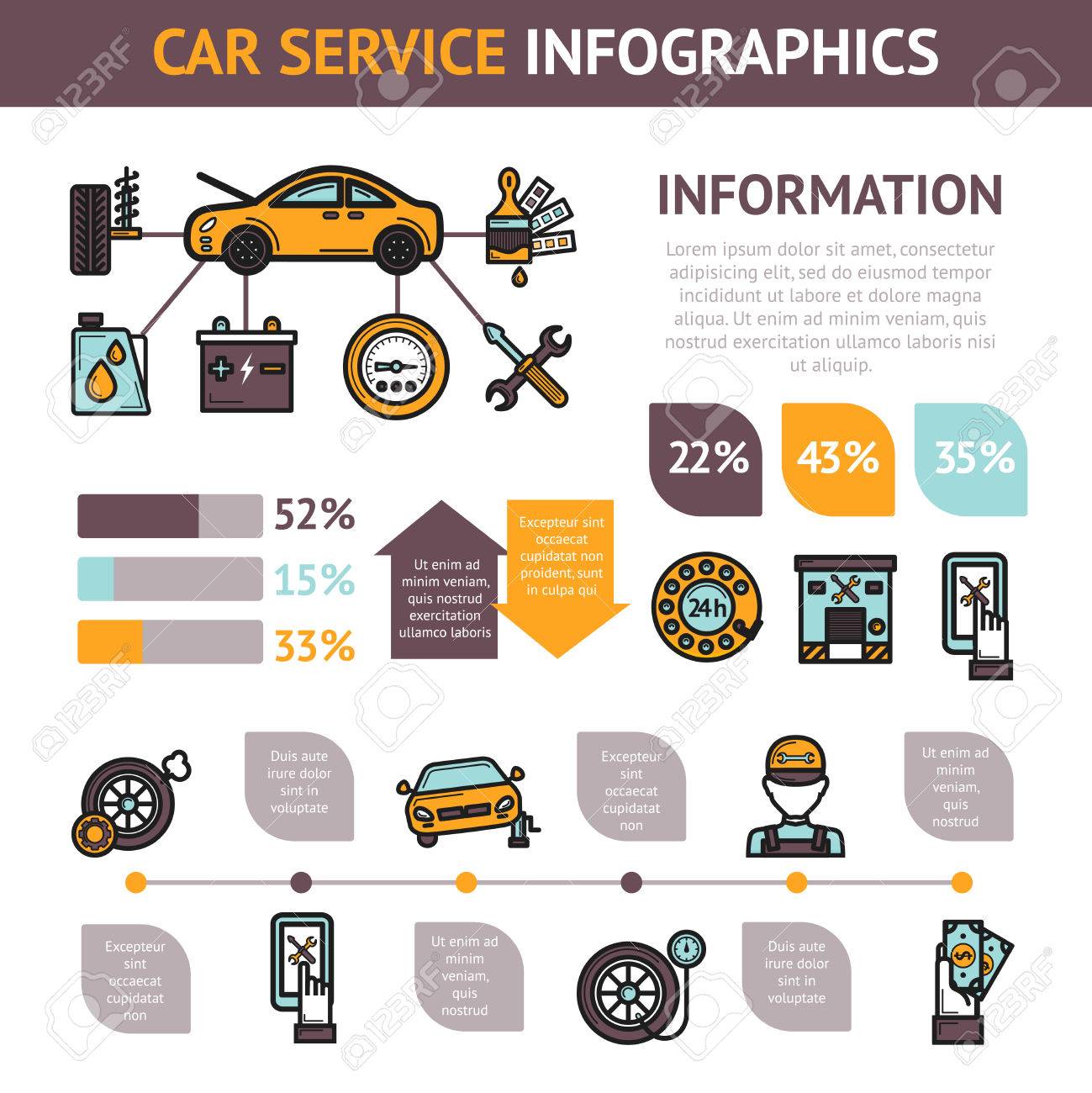Interested In Comprehending The Caution Lights On Your Auto'S Control Panel? Discover Their Importance For Your Vehicle'S Safety And General Condition
Interested In Comprehending The Caution Lights On Your Auto'S Control Panel? Discover Their Importance For Your Vehicle'S Safety And General Condition
Blog Article
Article Author-Termansen Winters
When you lag the wheel, those glowing warning lights on your control panel can be a little bit difficult. Do you recognize what they're trying to inform you regarding your car's health? Comprehending the importance of these lights is vital for your safety and the durability of your vehicle. So, the following time one of those lights turns up, wouldn't you want to decipher its message precisely and take the necessary steps to address it?
Common Warning Lights and Interpretations
Determine typical caution lights in your vehicle and understand their definitions to guarantee safe driving.
car auto detailing include the check engine light, which indicates concerns with the engine or emissions system. If this light comes on, it's vital to have your car examined quickly.
check out this site alerting light shows low oil stress, needing instant focus to prevent engine damage.
A blinking battery light may suggest a defective billing system, possibly leaving you stranded if not dealt with.
The tire pressure tracking system (TPMS) light signals you to low tire stress, influencing vehicle stability and fuel efficiency. Ignoring this can result in dangerous driving conditions.
The ABS light indicates an issue with the anti-lock stopping system, endangering your ability to quit quickly in emergencies.
Last but not least, the coolant temperature level advising light warns of engine overheating, which can cause serious damage otherwise dealt with promptly.
Understanding these common caution lights will certainly help you address concerns promptly and keep risk-free driving problems.
Importance of Prompt Attention
Recognizing the usual warning lights in your automobile is just the initial step; the importance of quickly resolving these warnings can't be highlighted sufficient to guarantee your security when driving.
When a caution light brightens on your control panel, it's your cars and truck's way of connecting a possible issue that needs attention. Neglecting these cautions can result in more serious issues down the road, compromising your safety and security and possibly costing you much more in repairs.
Trigger interest to alerting lights can avoid malfunctions and accidents. As an example, a flashing check engine light could show a misfire that, if left unattended, can cause damage to the catalytic converter. Addressing this promptly can conserve you from a costly repair work.
Similarly, a brake system advising light might indicate reduced brake liquid or used brake pads, essential components for your safety when driving.
Do It Yourself Troubleshooting Tips
If you observe a warning light on your dashboard, there are a couple of DIY repairing tips you can attempt before looking for specialist aid.
The primary step is to consult your auto's handbook to comprehend what the certain warning light indicates. Often the concern can be as simple as a loose gas cap activating the check engine light. Tightening the gas cap may deal with the trouble.
An additional common issue is a reduced battery, which can set off various advising lights. Checking the battery links for rust and ensuring they're safe might take care of the problem.
If a caution light continues, you can attempt resetting it by disconnecting the car's battery for a few minutes and after that reconnecting it. In addition, checking your car's fluid levels, such as oil, coolant, and brake liquid, can aid repair cautioning lights associated with these systems.
Conclusion
Finally, comprehending your vehicle's caution lights is necessary for maintaining your lorry running smoothly and safely. By immediately addressing these alerts and recognizing what they mean, you can avoid pricey repair work and prospective breakdowns.
Remember to consult your vehicle's manual for specific details on each alerting light and do something about it accordingly to guarantee a trouble-free driving experience.
Stay informed, stay safe on the road!
